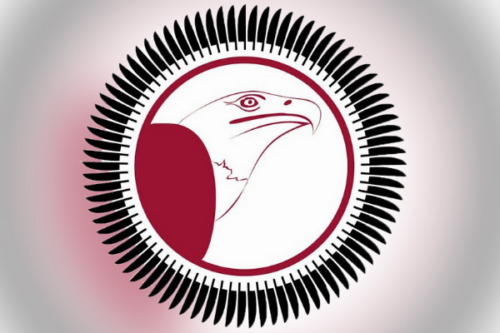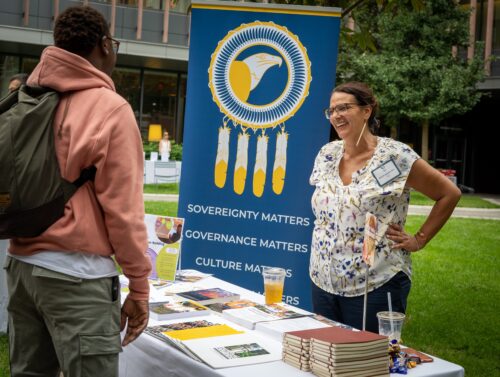
Feature
Tribal Sovereignty in Focus Back-to-School Reading List
Back-to-school recommended reads from the Harvard Project on Indigenous Governance and Development include books, articles, and podcasts that highlight Indigenous governance narratives.
Commentary
Through its latest round of awardees in the Honoring Nations program, the Harvard Project highlights how Indigenous people are tackling the challenges of (re)building healthy, vibrant nations.
The Harvard Project’s Honoring Nations program is the world’s largest repository of lesson-rich, inspirational stories of effective tribal governance. Since 1999, the highly prestigious awards program has identified, celebrated, documented, and disseminated best practices in local self-governance by American Indian tribes. To date, Honoring Nations has recognized 142 honored programs, representing examples of achievement and innovation by over 100 tribal nations. Subject areas have included economic and social development, health, education, constitutional reform, justice, cultural revitalization, and environmental protection. Past honorees include:
New success stories emerge from Indian Country daily, transforming and inspiring Native and non-Native peoples and local governments throughout the US and around the world. In sharing these stories, Honoring Nations expands the capacities of Native leaders and policymakers by enabling them to learn from each other’s successes. At the same time, the program teaches non-Natives about the extraordinary and applicable lessons Indian Country has to offer. The awardees break down stereotypes about Indian people, the nations to which they belong, and how these nations tackle everyday problems. Honoring Nations is now replicated in Indigenous Australia and Canada, facilitating the worldwide dissemination of lessons in Indigenous self-governance.
This year, six tribal governance programs have been honored with the Honoring Nations 2021 award. Through self-determination, these outstanding programs have implemented effective solutions to universal governmental challenges in the areas of education, justice, energy independence, land management, natural resource management, and taxation. They are:

Agua Caliente Band of Cahuilla Indians
As with many reservations with checkerboarded land and jurisdiction, the Agua Caliente Band of Cahuilla Indians and the city of Palm Springs, California share boundaries, public resources, and urban development challenges. Despite these many intersections, for decades local public schools failed to consult tribal members when teaching about the Agua Caliente, furthering misinformation and promoting stereotypes. To address this disconnect, the tribe partnered with the Palm Springs school district and the district’s philanthropic foundation to create and mandate an elementary-level Native American Studies curriculum that meets State of California educational standards. The program fosters greater community understanding throughout the region by teaching the history and culture of the Agua Caliente people through their own words.
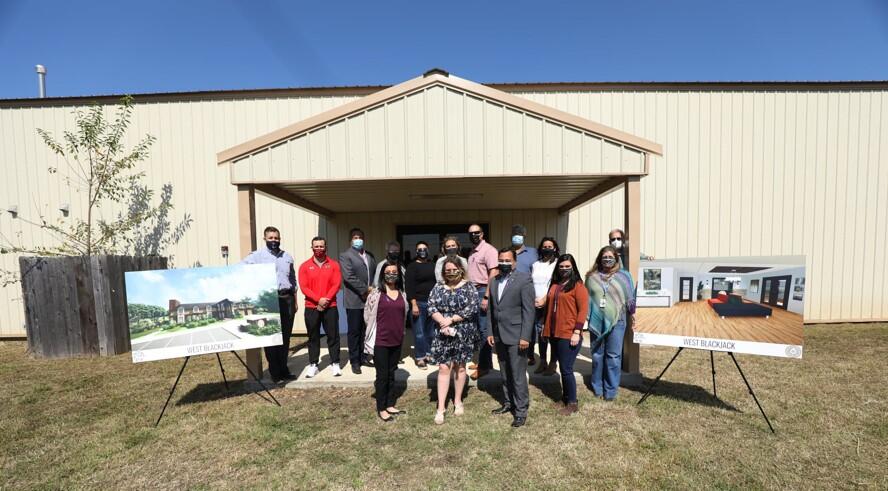
Cherokee Nation
Facing similar epidemics of domestic violence as many other communities throughout the U.S., the Cherokee Nation established ONE FIRE (Our Nation Ending Fear, Intimidation, Rape, and Endangerment) Victim Services. ONE FIRE is a streamlined “one-stop” program that provides wraparound services to all survivors of domestic abuse, sexual assault, and dating violence in the tribe’s 14-county jurisdiction within Oklahoma. Using a trauma-informed care model, ONE FIRE meets the immediate needs of those in crisis and supports the healing of survivors and their families over time. It also seeks to address the root causes of domestic violence and sexual assault to create a safer community for everyone.
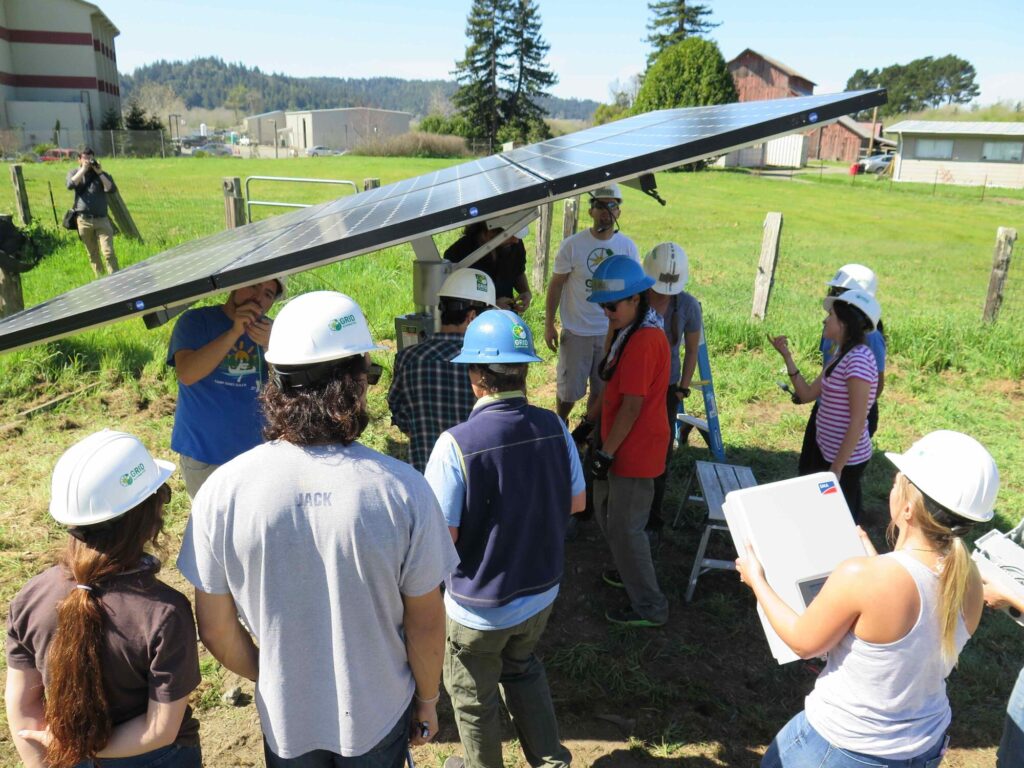
Blue Lake Rancheria
The Blue Lake Rancheria is located in a rural, geographically isolated region of northwestern California where power outages – which have long been common – are now increasing in frequency due to the climate crisis. To develop energy sovereignty, the tribe’s Energy Lifeline Sector Resilience: Low-Carbon Microgrids program installed two climate-smart electric microgrids, with a third currently in design. The microgrids not only provide significant electricity savings but also increase tribal sovereignty and self-sufficiency by providing resilient, low-carbon power. During emergencies, the tribe has operated its microgrids independently, providing reliable power and, in turn, an array of other critical resources, making the tribe the emergency preparedness hub for the tribe’s entire region of California.
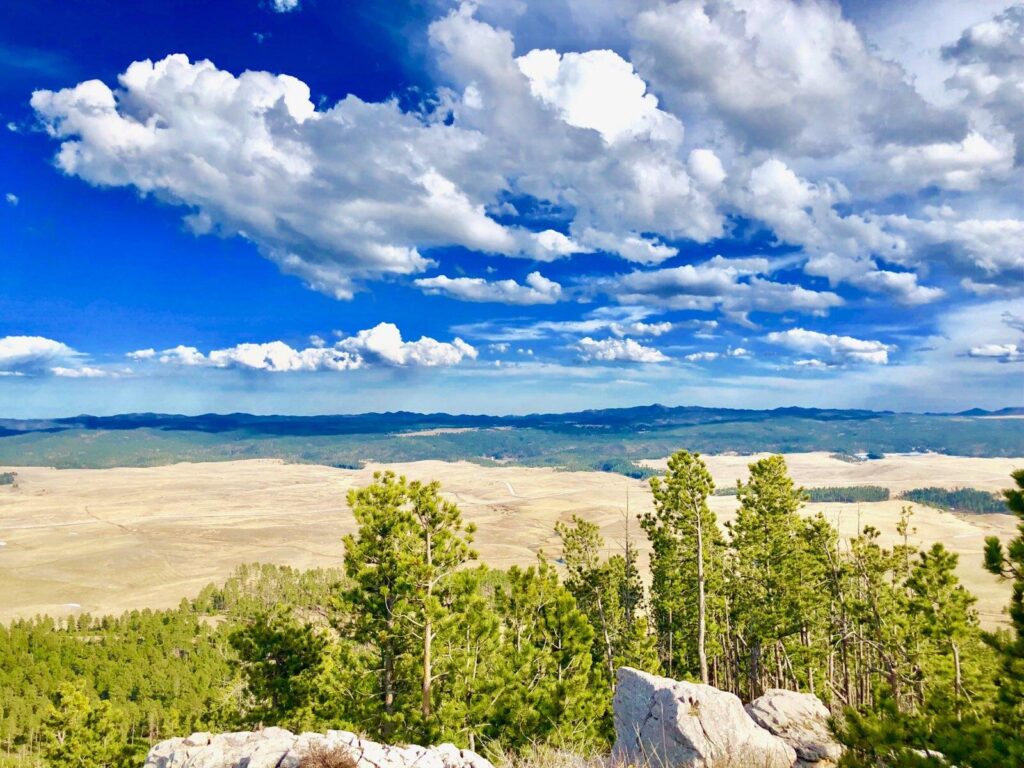
Great Sioux Nation
Preserving traditional homelands and sacred sites is a challenge shared across Indian Country. The option to purchase land and place it into trust is a difficult and costly process which many tribes cannot afford. When Pe’ Sla, a sacred site in the heart of the Black Hills of South Dakota, was put up for sale in 2012, eight tribes of the Great Sioux Nation came together to protect this sacred area. Over several years, they successfully placed more than 2,000 acres of land in trust. This intertribal collaboration has led to a restoration of native buffalo, grasses, flora, and fauna, as well as land preservation for traditional ceremonies and cultural programming in perpetuity.

Sitka Tribe of Alaska
Changing ocean conditions brought about by climate change have put the future of marine resources in jeopardy. To address these risks, the Sitka Tribe of Alaska took the lead in forming the Southeast Alaska Tribal Oceans Research (SEATOR) group, a regional conglomerate of 16 tribes in Southeast Alaska. The Sitka Tribe of Alaska Environmental Research Lab (STAERL) is a tribally-owned environmental lab established to support the SEATOR partnership. It provides real-time testing of marine subsistence resources to ensure their safe consumption. The Lab also monitors for harmful algal blooms and continuous ocean acidification and provides science educational opportunities for tribal youth. STAERL biotoxin testing has ensured Southeast Alaskan tribes can provide safe access for their tribal citizens to healthy and well-managed fish and shellfish populations within their traditional territories.

Swinomish Indian Tribal Community
After a Ninth Circuit Court ruling in 2014 declared outside state and local government property taxes could not be imposed on permanent improvements on tribal trust land, the Swinomish Tax Authority was created to assess and collect the Swinomish Trust Improvement Use & Occupancy Tax within the tribe’s trust lands. This decision allowed the Swinomish Indian Tribal Community to determine how permanent improvements on trust land would be taxed and how tax revenue generated by these improvements would be used. The program expands the exercise of the Tribe’s sovereignty and creates an additional revenue stream to help fund essential government services. The tax revenue also funds voluntary contributions to local non-tribal entities, including school, fire, and library districts, enhancing these entities’ abilities to continue providing valuable services to on- and off-reservation residents. The result is stronger intergovernmental relationships and cooperation for the whole region.
The Honoring Nations stories are stories of real people — Indigenous people — tackling the challenges of rebuilding healthy, vibrant communities. Through their work and vision, honored programs provide a strong foundation for the future of Indian Country.
Feature
Back-to-school recommended reads from the Harvard Project on Indigenous Governance and Development include books, articles, and podcasts that highlight Indigenous governance narratives.
Media Release
Nine tribal governance programs have been selected by the Harvard Kennedy School Project on Indigenous Governance and Development’s Honoring Nations program as 2023 All-Stars from the family of 142 Honoring Nations awardees.
Media Release
Recent gifts will significantly expand the impact of the Harvard Kennedy School Project on Indigenous Governance and Development.
Feature
Back-to-school recommended reads from the Harvard Project on Indigenous Governance and Development include books, articles, and podcasts that highlight Indigenous governance narratives.
Media Release
Nine tribal governance programs have been selected by the Harvard Kennedy School Project on Indigenous Governance and Development’s Honoring Nations program as 2023 All-Stars from the family of 142 Honoring Nations awardees.
Feature
Harvard Kennedy School Project on Indigenous Governance and Development gets $15 million in gifts to expand research, sharing innovation, best practices.
